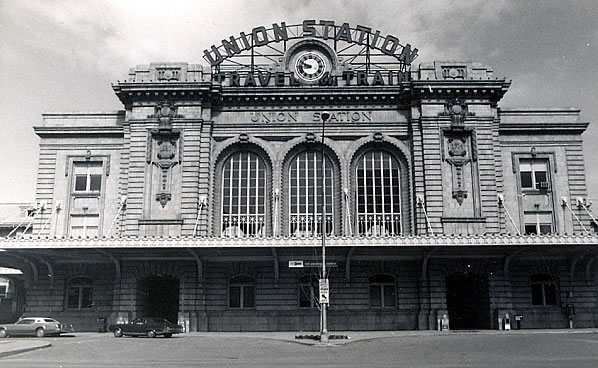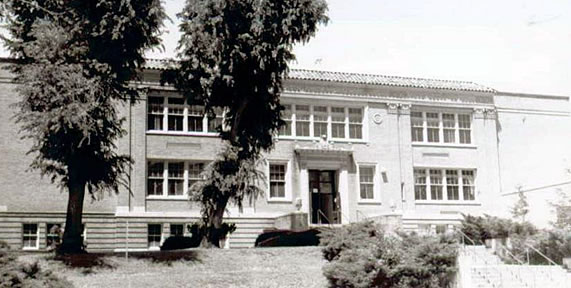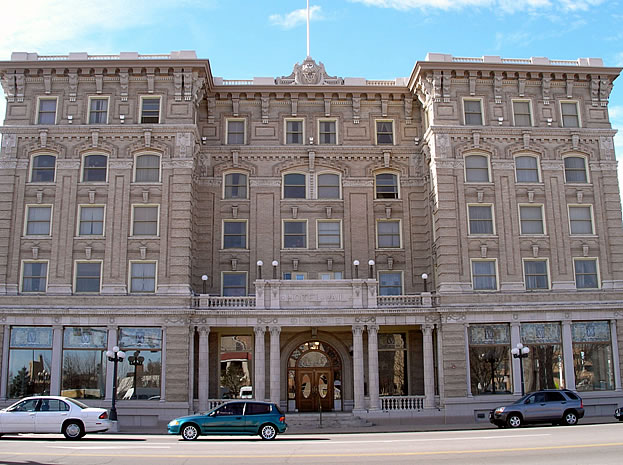Beaux Arts
Popular from 1880-1930, Beaux-Arts style buildings are some of the most opulent in American architecture. The style represented a reaction against eclectic Victorian era expressions that celebrated asymmetry and featured a mixture of patterns and textures. While ornate, the Beaux-Arts style is more orderly than those of the Victorian era. Architects who studied at the École des Beaux-Arts in France brought the style to America. The École curriculum focused on ancient Greek and Roman architecture and exposed students to Renaissance architecture and the practice of carefully adding sculptural elements and decoration to the traditionally more austere works of the ancients.
The Beaux-Arts style lends itself to monumental works and most examples are public buildings such as schools, train stations, financial institutions, and state capitols. Residential examples of the style tend to be mansions built by successful capitalists. Beaux-Arts buildings are nearly always symmetrical and prominently feature columns as both a stylistic element and a celebration of structure. While the time periods and reliance on classical elements share some overlap, Beaux-Arts buildings should not be confused with the more reserved Classical Revival style. Beaux-Arts buildings feature a more liberal use of decorative elements, often having applied sculptural features or statuary adorning the walls or roofline.
Beaux-Arts designs are most commonly executed in light colored stone, especially marble or sandstone. Buildings of this style occasionally have mansard roofs, but more often a flat or low-pitched roof was used. Classical ordering is common, with buildings often having a lower level clad in rusticated stone, middle floors featuring more refined design elements and details (pedimented windows with balustraded sills, garlands or swags adorning the walls, pilasters or columns), and an exaggerated cornice at the top. While some examples are asymmetrical, most Beaux-Arts buildings feature bold symmetry.
The Beaux-Arts style appears in many American cities. The style went hand-in-hand with the City Beautiful movement, a key influence upon city planning in the early twentieth century. The Beaux-Arts style diminished in popularity in the late 1920s, coinciding with a shrinking of the American economy. Monumental size and ornate exteriors made this style expensive to build, thus it effectively ended with the onset of the Great Depression.
Common elements:
- Symmetrical façade
- Flat or low pitched roof
- Masonry exterior (usually stone)
- Sculptural elements (cartouche, statuary, garlands)
- Prominent columns (often paired) and cornice
- Balustrades (often along roofline)
- Banded rustication
- Quoins



